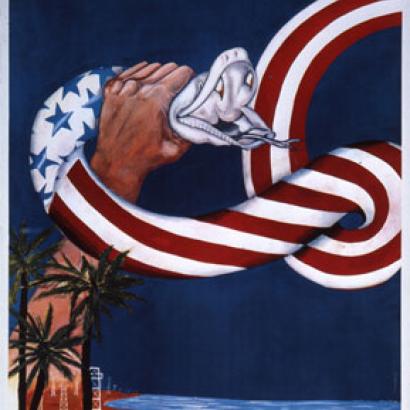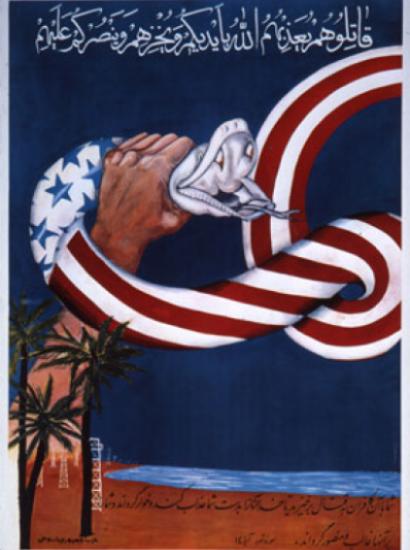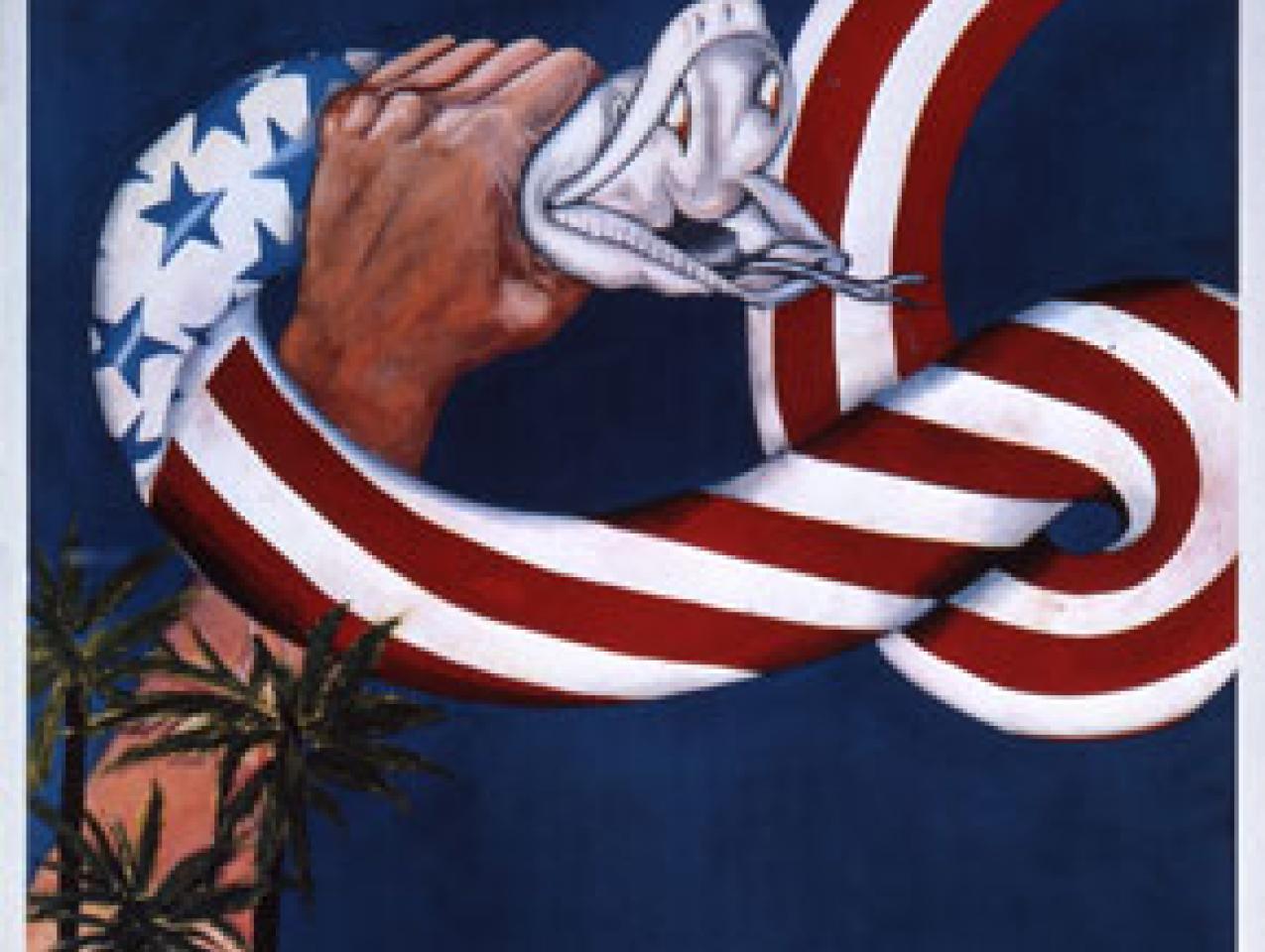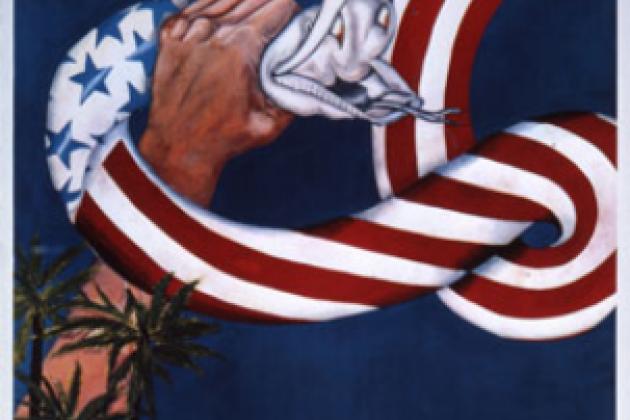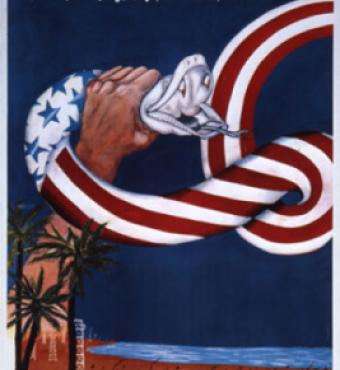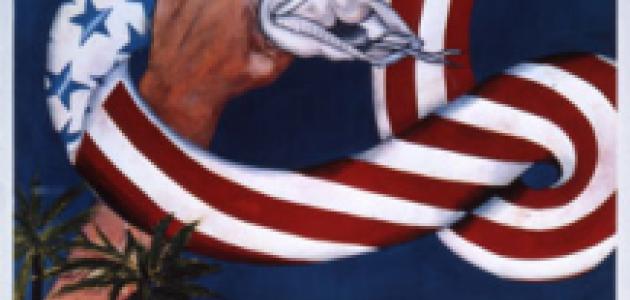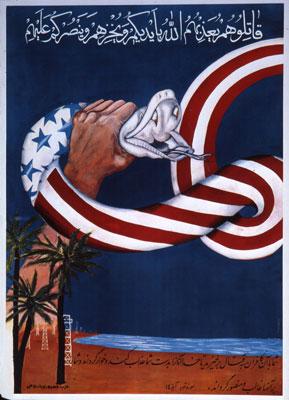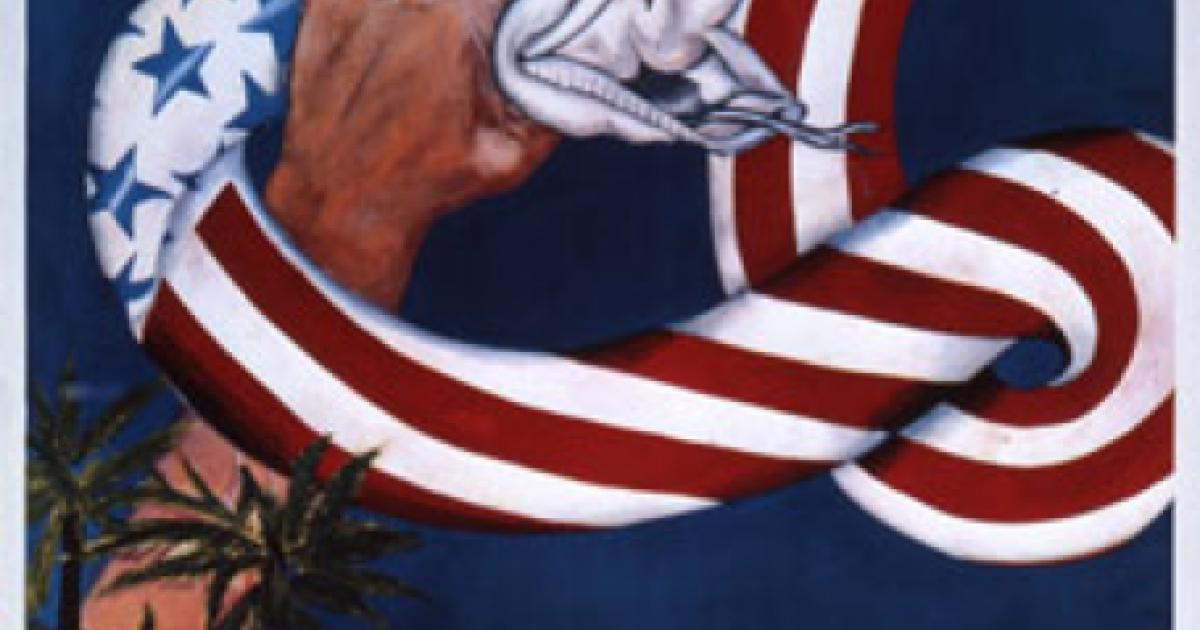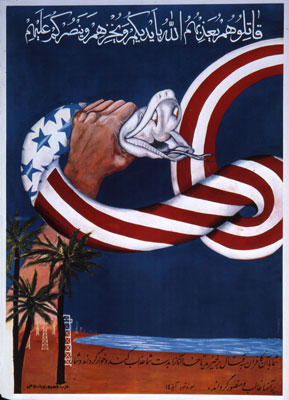
Iran’s especial interest in acquiring nuclear abilities can be documented from 1974 when its ruler Shah Reza Pahlavi declared as much, announcing with much fanfare vastly ambitious plans for 23 energy reactors, while also initiating a weapon program even more energetically, but much more discreetly. Plausible explanations abound, starting with the abrupt increase in Iran’s oil revenue caused by the sharp rise in per barrel prices, which concurrently seemed to presage an era of global energy scarcity. More broadly, the Shah’s nuclear initiatives were a logical part of his panoply of military, economic, social, and even cultural ambitions. They were crucial for his highest aim, Iran’s transformation into a quasi Great Power–it was already the preeminent regional power–through the acquisition of both nuclear weapons and ballistic missiles to deliver them. Remarkably, unlike the Shah’s civilian endeavors, which advanced slowly if at all (his “White Revolution” land reform aroused the fierce opposition of land-owning clerics), and his grossly wasteful military-industrial projects (e.g. an entire helicopter factory bereft of a sub-contractor base), both the nuclear-weapon and missile projects were models of frugal efficiency and dispatch because they were joint ventures with Israel and South Africa. But if transitory circumstances, wrong forecasts, and the particular proclivities of a fallen ruler were indeed sufficient explanations, we would not now confront nuclear efforts almost as ambitious if neither frugal nor expeditious, and certainly more threatening to Iran’s neighbors.
Again, another set of transitory circumstances can be invoked to explain the post-Shah resumption of nuclear efforts, to wit Iran’s very long (1980-1988) and disastrously costly war with Iraq, in which it confronted an exceptionally well-armed aggressor while itself bereft of allies by its own doing, and prohibited from purchasing military and dual-use equipment by most suppliers–even replacement tires for its aircraft had to be smuggled. That war, moreover, was not only the longest of all twentieth-century wars except for the Japanese venture in China, but was also marked by the large-scale use of chemical weapons whose role, moreover, was decisive in its most critical battles and thus more consequential than in the First World War. In addition, Iraq launched large numbers of short-range ballistic missiles at Iran’s cities, inflicting significant casualties. In those circumstances, given the impossibility of endowing Iran’s mostly uneducated population with modern scientific, technological, and industrial skills in less than the span of a generation, and the consequent impossibility of any broad military-industrial autonomy, the attempt to acquire nuclear weapons with smuggled technology was the remaining option.
But these and others like them are still insufficient explanations for Iran’s peculiar attachment to its nuclear ambitions, which continue still and very vigorously, even as their diplomatic repercussions, economic costs, and hence domestic political risks keep increasing. Security needs, or rather perceived security needs, can notoriously be invoked to justify any expense, risk or outright loss human or material, but in Iran’s case, their plausibility is more dubious than many seem to think. Inherently protected within its vast territory, with only friendly or harmless countries on its borders now that Iraq’s military strength has declined into insignificance, and its central government is in any case bound to Iran by sectarian solidarity (Turkey’s utter impotence renders its intentions irrelevant), Iran certainly has little to fear from its immediate neighbors. To be sure, it is overtly threatened with bombardment by both Israel and the United States, but Iran’s nuclear programs can hardly be justified by those threats because neither country would contemplate an attack against Iran were it not to stop those very programs. Iran is not caught in any prisoners’ dilemma, it is not locked with another scorpion in a bottle: the country’s national security would unequivocally be enhanced rather than weakened if its weapon-related nuclear activities were abandoned. Specifically, at the present time, Iran’s rulers could swiftly end their isolation, ensure the prompt renunciation of economic sanctions, and end the danger of Israeli or American air attacks, as well as the actuality of covert attacks, by abandoning uranium enrichment efforts, in exchange for guaranteed supplies of fuel rods for as many reactors as they care to build.
Evidently, Iran’s rulers are unmoved because the object of their concerns is not national but rather regime security, an altogether more precarious affair because their regime is so intensely ideological–and ideological intensity is always a wasting asset once an ideology comes to power as the novelty wears off, and the disadvantages emerge.
That is all more true when an ideology is a tangled web of contradictions to begin with: the intensely Persian, supposedly scholastic but entirely clerical Twelver Shi’ism of the present rulers of Iran belies its Kurdish, Turkic, and Sufi origins in the Safaviyeh order founded by the Kurdish mystic Sheikh Safi al-Din, whose last head Ismāil was empowered by Turkmen Qizilbash (“red head”) militants to make himself Shāh in 1501, at the start of his conquest and forcible conversion of till then Sunni Iranic lands. Still a rather new religion by Middle Eastern standards, Iran’s particular form of Twelver Shi’ism is still undergoing convulsions, more commonly manifest in the periodic discovery and suppression of Sufi gatherings or heretical movements, but currently most evident in the vehement polemics aroused by the presidential candidacy of Esfandiar Rahim Mashaei. He is a mystic guide to followers (including his in-law President Mahmoud Ahmadinejad) who seem to believe that he is in direct contact with the occulted 12th Imam, the world-ending Messiah of the Twelvers. But to his clerical opponents, Mashaei is a heretical “deviant” who undermines their role of spiritual intermediation by advocating a direct dialogue with god. In the past, the clerics secured his dismissal as First Vice President and tried to put him on trial for sorcery; now they are appealing to the so-called Guardian Council to prohibit his candidacy.
Such turmoil weakens the Iranian regime by undermining its ideological unity, intensifying its sense of vulnerability, and increasing the appeal of nuclear reassurance, so to speak. A quite different consequence of the regime’s ideology ends up having the same ultimate effect: its especially intense form of Shi’a Islam––with its visibly different prayer rituals and peculiar institutions, from temporary marriage to the clerical hierarchy of Hojatollahs, Ayatollahs, and even Grand Ayatollahs––undermines at every turn the regime’s pan-Islamic pretensions, as does the highly discriminatory treatment of Iran’s own Sunnis (Amounting to some ten percent of the population–mostly Kurds, but also Baluch, coastal Arabs, and Afghan immigrants–Sunnis are excluded from public offices, and are not even allowed a single mosque in Tehran.).
From the start, the Islamic Republic tried to overcome these contradictions by stressing its absolute opposition to the existence of Israel in the most vehement terms, in an attempt to claim leadership over the Arab world as well, in spite of its own strongly Persian (ajami) identity. Further, and more especially under President Ahmadinejad, the regime has also been decidedly anti-Jewish, as a way of slighting the significance of its Shi’a, and indeed anti-Sunni, creed (In yet another contradiction, of all the many Jewish communities in Muslim lands, only Iran’s survives in a functioning state with active centers in several cities as well as Tehran.).
Both maneuvers were initially successful, as the Iranian revolution aroused much enthusiasm among Arabs as well because of its sharply anti-Western character, while its Shi’ism did not seem that important to Sunni populations in most Arab countries, where there are no native Shi’a, and little was known of their practices. All this has changed long since: among Arabs, only the Twelver Shi’a of Iraq and Lebanon are still inclined to sympathize with the Islamic Republic, and even they may resent its Persian national character, while the vast majority of Sunni Arabs see it as alien in both nationality and religious practice (You Tube clips of bloody Muharram self-excoriations–even the heads of babies are cut with razors to induce bleeding–are festooned with horrified Arabic-language comments.).
Iran’s regime was initially much strengthened by its external popularity among the Sunnis of many countries. But it has now retreated into sectarian isolation with its fellow Twelvers of Iraq and Lebanon, and this involution again increases the appeal of nuclear weapons, and helps to explain Iran’s peculiar persistence in trying to acquire them.
One more motive is less direct in its workings. By the time of the 1979 revolution, even among the better-educated, more urban, and more urbane Iranians, religious piety had been intensified by the Shah’s secularism. Predictably, the regime’s clericalism and puritanism have had the opposite effect, secularizing Iran’s urban populations at least. Not all Iranians resent the clerics’ denial of personal freedoms, but clerical high-living evokes no such approval, and there is much criticism of clerical corruption, a vague accusation to be sure, but seemingly centered on the management of the bonyads, the Islamic foundations that control at least a fifth of the entire economy, including many industrial and commercial firms that seem to employ a great many relatives and friends of the clerics in charge. Regime opponents range from relatively pious critics of clerical power and privileges to unknown numbers who have become blatantly post-Islamic. Just as the Shah unwittingly made Iranians more pious, the Islamic Republic has made them more secular. In that context, Iran’s nuclear pursuits strengthen the regime, both directly by evoking nationalist support, and indirectly, by provoking sanctions that are certainly useful to slow Iran’s nuclear progress, but which also have the unfortunate side effect of increasing barriers between the domestic political scene and the outside world.
Many observers would add yet another motive, the special attraction of nuclear weapons for the followers of a religion that many view as intensely pessimistic, and which is certainly centered on the themes of abandonment and martyrdom.
That may fairly define the creed, but its history can be read in a quite different way, as an optimistic sequence of ideological victories won by force of arms: Ismāil and his Safavid successors conquered and converted all of today’s Iran, western Afghanistan, and large parts of what is now Uzbekistan and Turkmenistan, as well as much of Mesopotamia, including the preeminent Shi’a pilgrimage cities of Nayaf and Karbala.
Taking all these different consequences into account, it can therefore fairly be said that Iran’s attachment to its nuclear endeavors is ideologically over-determined. That makes a diplomatic solution highly improbable, given the very poor exchange rate between material inducements and the renunciation of ideological compulsions.







